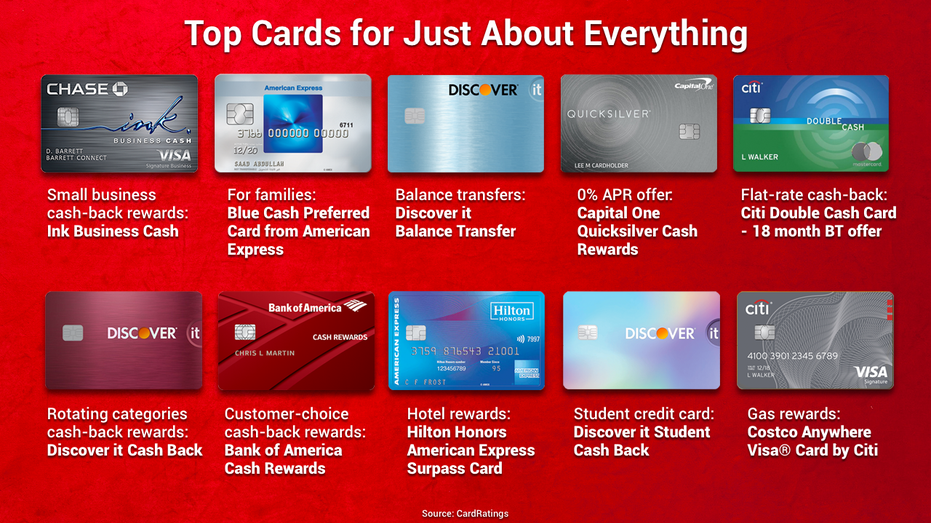Refinancing Part of Your Student Loan: Is it Possible?
Hey there! Are you drowning in student loan debt and looking for a way out? You might be wondering if it’s possible to refinance part of your student loan to ease your financial burden. Well, the good news is that it is indeed possible! By refinancing, you can potentially lower your interest rates and monthly payments, making it easier to manage your debt. Let’s dive into the details and explore the options available for refinancing part of your student loan.
Understanding Student Loan Refinancing
Student loan refinancing is a process that allows borrowers to replace their current student loans with a new loan, typically from a private lender, with better terms such as a lower interest rate or a more manageable repayment schedule. This can help borrowers save money on interest over time and potentially lower their monthly payments, making it easier to stay on track with their finances.
When you refinance your student loans, you essentially take out a new loan to pay off your existing loans. This can be a good option for borrowers who have improved their credit score since taking out their original loans or who have graduated and are now earning a steady income. By refinancing, you may be able to secure a lower interest rate, which can save you money in the long run.
It’s important to note that when you refinance your student loans, you may lose certain benefits that come with federal student loans, such as income-driven repayment plans or loan forgiveness programs. Before deciding to refinance, it’s a good idea to carefully consider the terms of your current loans and determine whether refinancing is the right option for you.
Additionally, it’s important to shop around and compare offers from different lenders before refinancing your student loans. Each lender may have different eligibility requirements, interest rates, and repayment terms, so it’s important to find the best deal for your financial situation. Some lenders may also offer benefits such as autopay discounts or cosigner release options, so be sure to ask about any potential perks before committing to a loan.
Overall, student loan refinancing can be a valuable tool for borrowers looking to save money on interest and lower their monthly payments. By understanding the process and carefully considering your options, you can make an informed decision about whether refinancing is the right choice for you.
Pros and Cons of Refinancing Part of Your Student Loan
When it comes to refinancing part of your student loan, there are several pros and cons to consider before making a decision. Here are some factors to keep in mind:
Pros
1. Lower Monthly Payments: One of the main benefits of refinancing part of your student loan is the potential to lower your monthly payments. By getting a lower interest rate or extending the repayment period, you can reduce the amount you owe each month, making it easier to manage your finances.
2. Improved Credit Score: Refinancing your student loan can also help improve your credit score. By consolidating multiple loans into one, you may be able to make on-time payments more consistently, which can positively impact your credit history.
3. Variable Interest Rates: Some refinancing options offer variable interest rates, which can be lower than fixed rates. This means that if interest rates decrease in the future, your monthly payments could also decrease, saving you money in the long run.
4. Opportunity to Change Loan Servicers: If you are unhappy with your current loan servicer, refinancing part of your student loan gives you the opportunity to switch to a new servicer that better meets your needs and provides superior customer service.
Cons
1. Loss of Federal Loan Benefits: If you refinance part of your student loan with a private lender, you may lose out on certain federal loan benefits, such as income-driven repayment plans, loan forgiveness options, and deferment or forbearance programs. It is important to weigh the potential savings from refinancing against the benefits you would lose.
2. Potential for Higher Interest Rates: While some borrowers may qualify for lower interest rates when refinancing, others may end up with higher rates, especially if their credit score has declined since taking out the original loan. It is crucial to carefully compare interest rates and terms before making a decision to refinance.
3. Extended Repayment Period: While lowering your monthly payments can provide immediate relief, extending the repayment period through refinancing could mean paying more in interest over time. It is essential to consider the total cost of the loan and how long it will take to pay off the debt.
4. Fees and Closing Costs: Refinancing your student loan may involve fees and closing costs, such as application fees, origination fees, and prepayment penalties. These costs can add up and negate any potential savings from refinancing, so be sure to factor them into your decision.
Ultimately, whether to refinance part of your student loan depends on your individual financial situation and goals. It is essential to carefully weigh the pros and cons listed above and consult with a financial advisor or lender to determine the best course of action for your specific needs.
How to Determine if Refinancing is Right for You
Refinancing a student loan can be a great way to save money on interest, lower your monthly payments, or pay off your debt faster. However, before you decide to refinance, it’s important to carefully consider your individual financial situation to determine if it’s the right choice for you.
1. Evaluate Your Current Loan Terms: The first step in determining if refinancing is right for you is to review the terms of your current student loan. Take note of your interest rate, monthly payment amount, and repayment term. Compare these details to the terms offered by potential refinancing lenders to see if you could qualify for a lower interest rate, a lower monthly payment, or a shorter repayment term.
2. Understand the Potential Benefits of Refinancing: Refinancing your student loan can have several potential benefits, including saving money on interest over the life of the loan, simplifying your repayment by combining multiple loans into one, or securing a fixed interest rate to protect against future rate hikes. Consider how these benefits align with your financial goals and whether they outweigh any potential downsides of refinancing.
3. Consider Your Financial Goals and Constraints: Before deciding to refinance part of your student loan, take some time to think about your overall financial situation and goals. Consider factors such as your current income level, monthly expenses, savings goals, and other debt obligations. Determine if refinancing will help you achieve your financial goals, such as paying off your loan faster, reducing your monthly payment, or saving money on interest.
Take into account any potential obstacles or constraints that may impact your ability to refinance, such as a low credit score, a high debt-to-income ratio, or a lack of stable income. If you’re struggling to meet your current loan payments, refinancing may not be a viable option. Alternatively, if you have a strong credit history and steady income, refinancing could be a smart move to lower your interest rate and payments.
Ultimately, the decision to refinance part of your student loan should be based on a careful evaluation of your current loan terms, the potential benefits of refinancing, and your financial goals and constraints. By taking the time to consider these factors, you can determine if refinancing is the right choice for you and take steps towards achieving your financial objectives.
Steps to Refinancing a Portion of Your Student Loan
Refinancing a portion of your student loan can be a great way to lower your interest rate and potentially save money on your monthly payments. However, it’s important to carefully consider the decision and understand the steps involved in the process. Here are some steps to help you navigate refinancing a portion of your student loan:
1. Evaluate Your Current Loan: Before you can refinance a portion of your student loan, you need to take a close look at your current loan terms, including the interest rate, monthly payments, and repayment period. This information will help you determine whether refinancing is the right option for you.
2. Research Lenders: Once you have a clear understanding of your current loan situation, you can start researching lenders who offer refinancing options. It’s important to compare interest rates, repayment terms, and customer reviews to find a reputable lender that meets your needs.
3. Determine the Amount to Refinance: Before refinancing a portion of your student loan, you will need to decide how much of the loan you want to refinance. This could be the total amount of your loan or just a portion of it. Consider your financial situation and goals to determine the best approach for you.
4. Gather Necessary Documents: To refinance a portion of your student loan, you will need to gather certain documents, such as pay stubs, tax returns, and information about your current loan. Lenders will use this information to evaluate your financial situation and determine whether you qualify for refinancing. Additionally, some lenders may require proof of enrollment or graduation from your educational institution.
5. Submit Application: Once you have all the necessary documents in hand, you can submit your application for refinancing to the lender of your choice. Be prepared to provide detailed information about your financial situation, employment status, and current loan terms. The lender will review your application and determine whether you qualify for refinancing.
6. Review Loan Terms: If your application for refinancing is approved, take the time to carefully review the new loan terms, including the interest rate, repayment period, and monthly payments. Make sure you understand all the details before signing any agreements.
7. Sign and Close: After reviewing the loan terms and ensuring everything meets your expectations, you can sign the refinancing agreements and close the loan. Once the process is complete, your new loan will go into effect, and you can start making payments according to the new terms.
By following these steps, you can successfully refinance a portion of your student loan and potentially lower your interest rate and monthly payments. Remember to carefully consider your options and choose a reputable lender that offers terms that align with your financial goals.






